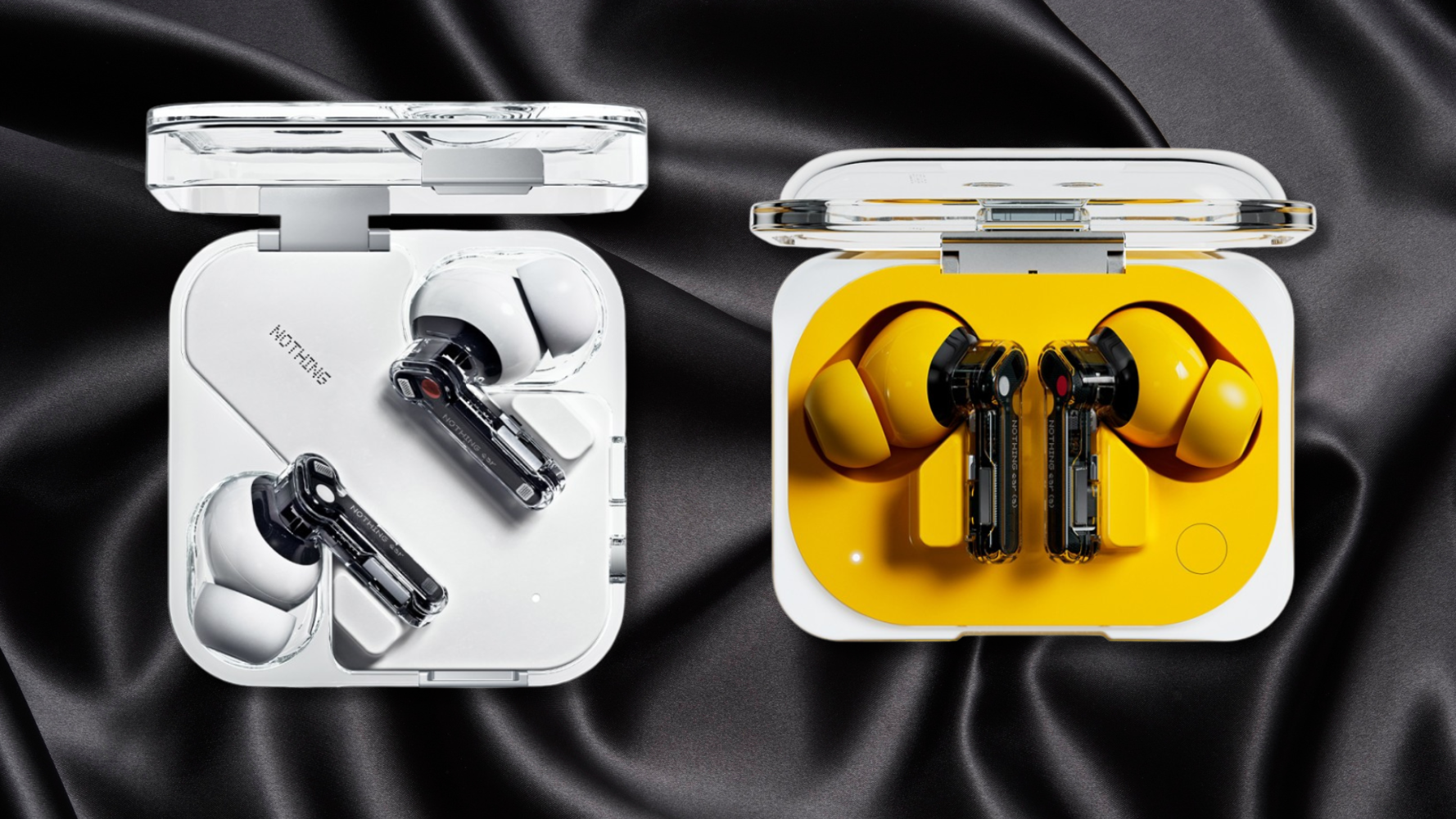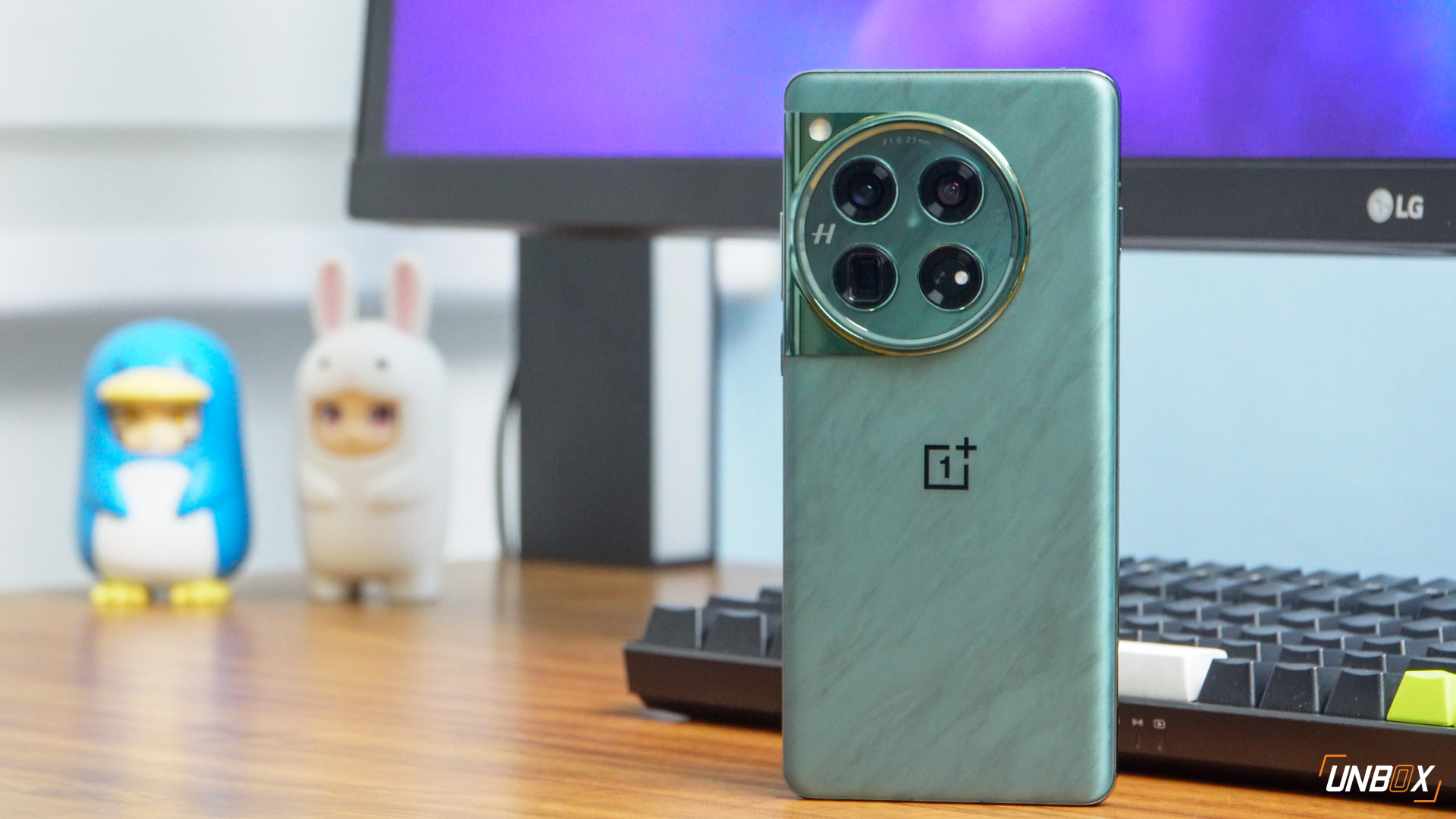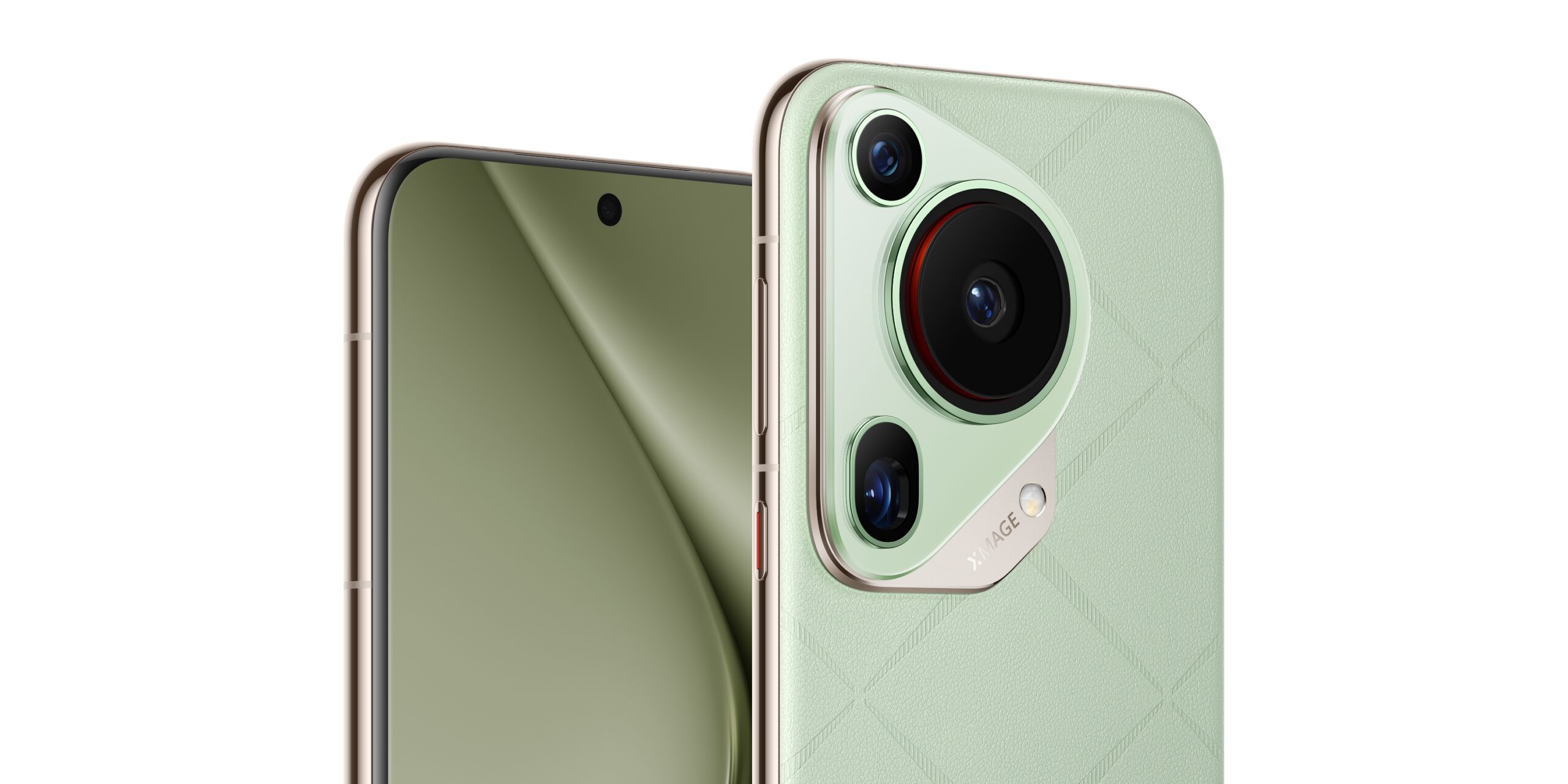
Modularity has been a dream of phone manufacturers ever since the first smartphone rolled out of the assembly line. Being able to swap components around sounds like a great idea, on paper. In practice though, making a phone modular is no easy feat – even Alphabet Co’s Google threw in the towel in their quest to make a truly modular phone.
So if you can’t make a phone that has modular components, might as well make a phone with modular accessories. This has been the rallying cry of LG when they made the G5. Unfortunately, the G5 had its fair share of problems too – a latch that wore out if you swapped out the battery (or any other accessory) too often, and accessories that are designed only for that particular phone.
The Moto Z (and by extension, the Moto Z Play) made by Lenovo subsidiary Motorola has managed to solve the pain points of modular accessories, by allowing modules to quickly snap on and snap off the back of the phone effortlessly. And as long as Motorola sticks with the same design layout where the accessories connect to, you get to use them all again if you decide to upgrade to a newer model down the line.
Motorola Moto Z specs:
- Quad-core Snapdragon 820 processor
- Adreno 530 GPU
- 4GB of RAM
- 5.5-inch AMOLED display, Corning Gorilla Glass 4, 2560 x 1440 resolution
- 64GB of expandable storage
- 13-megapixel rear camera, f/1.8 aperture lens with laser AF, OIS, dual LED flash
- 5-megapixel front camera with flash, f/2.2 aperture lens
- Dual SIM
- 3G, LTE
- WiFi, Bluetooth, GPS, A-GPS, USB Type-C
- 2600mAh battery
- Android 6 Marshmallow

One of the thinnest phones on the block
The Motorola Moto Z is one of the thinnest flagships available to buy today. At a mere 5.2mm, it’s one of the thinnest phones we’ve had the pleasure of reviewing to date.
The phone has a premium metal construction, but because of its thickness you might want to be careful where you place it. While we have utmost faith in Motorola’s build quality, we have no idea if a phone that thin would survive being sat on by person without bending.

Because of its extremely thin profile, holding on to the Moto Z is a little weird at first, as it has a tendency to dig into the palm of your hands not unlike another uber thin phone, the OPPO R5.
Thankfully Motorola includes a hard plastic bumper to put on the Moto Z to help you hold on to it better. That bumper also protects the phone’s frame from drops, since the thing is so slippery because of its metal body. Once you take a look at the rear, you’ll see the gigantic camera module and the connector pins at the bottom. Usually we’ll give brands a hard time for design faux pas like that, but that ginormous camera module is actually part of an ingenious design that makes the modular magic work.

The big, protruding camera module essentially works as a locating hole for Moto Mods, Motorola’s catchy name for the Moto Z’s modular accessories. The pins on the bottom of the phone attach to the mods to transfer power and data, and magnets keep the entire thing together. Putting on and removing mods are super easy, but once they’re on the back of the phone, it takes deliberate force to remove them.

You will have to buy those mods yourself, though Motorola throws in a Moto Style Shell for free when you buy a Moto Z. That shell comes in handy since it protects the rear of the phone when attached, makes the phone thicker and fills in the rest of the rear, eliminating the protruding camera problem. And unlike LG’s G5, all of the mods that were released in the market are all available to buy now in the Philippines, and will fit its thicker brother, the Moto Z Play.
Not all mods are that useful though – good luck using the pocket projector anywhere outside a completely darkened room – but the point is that they’re available to buy if you think you need a speaker attachment. The wide availability of the modular accessories was one of our biggest gripes with the LG G5.

You can’t make a phone as thin as the Moto Z without compromising on a couple of things though. First off, the Moto Z does not have a 3.5mm jack. Yeah, we know – Apple isn’t the only one that has courage, it seems, and if you want to listen to music, you’ll have to use the USB Type-C connector to 3.5mm jack adapter that’s provided in the package. There’s also no room on the phone for a traditional speaker grille, so Motorola moved that up to the earpiece as well. The volume and power button is on the right side of the phone, while the microSD/SIM card tray is on the left side.

The Moto Z uses a 5.5-inch AMOLED display that pushes out 2560 x 1440 resolution. Because of space constraints, the Moto Z uses on-screen Android navigation keys. Underneath that display sits the square fingerprint scanner that we constantly mistook for a home button. We have no idea why Motorola didn’t just outright make it into a home button. Pressing on it with your finger will unlock the phone, pressing on it the second time while the phone is unlocked will lock it.
As far as the display goes, there’s nothing to complain about. That AMOLED display brings excellent color saturation, contrast and viewing angles. Sure the over-saturated feel of an AMOLED display isn’t for everyone, but for us the display is just killer. Just like Motorola’s other phones, the display of the Moto Z also has always on tech, which allows you to take a peek at your notifications without unlocking the phone fully.

Performance fit for a flagship
The Moto Z is fitted with Qualcomm’s Snapdragon 820 processor, paired with 4GB of RAM and 64GB of expandable storage. That processor/RAM combo has proven itself in the past, and it’s safe to say that the Moto Z is capable of running almost any Android app you throw at it well.
We also absolutely love the fact that the Moto Z is running a mostly stock version of Android Marshmallow out of the box, and is guaranteed to be updated to Android Nougat later this year. It’s a breath of fresh air from the bloatware-laden offerings of other brands (*cough*ASUS*cough*). That 64GB of storage is more than enough for most people too – you can probably safely stick a secondary SIM card in the hybrid SIM/microSD tray for the most part without worrying about running out of space.
The sound emitted from the speakers are decent, but they’re not great, a product of having to compromise for design’s sake. Sound quality is not seemingly affected with the use of the USB Type-C adapter, though because of their size, you’ll probably lose it if it doesn’t stay attached to your favorite cans.
The rest of the package is good – call quality is excellent, GPS and data connectivity is amazing, thanks in part to Qualcomm’s modem expertise. Overall the Moto Z looks and performs like a flagship.

A Motorola phone with a good camera? Who knew
The Moto Z comes with a 13-megapixel rear camera with an f/1.8 aperture, laser AF system and OIS, the camera looks good on paper. Sounds familiar?
Thankfully the Moto Z’s camera isn’t just good on paper – photos that we took with it were bright, details were crisp and clear and colors were pretty vivid. The camera stumbled a little bit with low-light, but that’s okay, since most phones have a bit of trouble with limited lighting. All in all we weren’t expecting this good of a camera on a Motorola made phone, which made for a pleasant surprise.
Thin body, tiny battery
If the Moto Z has a flaw, it’s definitely the battery. Because of the limited space in the phone, Motorola only managed to squeeze a 2600mAh battery in its sexy body, which is enough for a typical workday. If you leave your house at 9 am and leave work by 5, you’ll probably have 10% left in the tank when you arrive at your house at 7 or 8.
Thankfully though Motorola has a few answers to the battery problem. Motorola promises around 8 hours of usable battery with just 15 minutes of charging via the TurboPower charger. You can also purchase the Incipio OffGrid Power Pack Moto Mod to give the phone an additional 2200mAh of battery. That’s a more expensive route for sure since the power pack is priced at Php 4,999, but it beats carrying a power bank with you while you charge the phone. You can probably take advantage of the Moto Z/Incipio OffGrid Power bundle that both telcos are offering to soften the blow. Take note though that the power pack only charges via the TurboPower Charger.

Verdict: Modularity done right
Despite not being the first phone to feature modular accessories, Motorola’s Moto Z is probably the best implementation of that particular concept to date. The mods are easy to put on and take off, and are already available in the market, should you decide to buy one. And the mods aren’t the only reason why you should take a look at the Moto Z if you’re itching to grab a flagship this holiday season – the phone is sexy, fun and fast, and you’re missing out on a lot if you don’t at least take a look at it in stores. You won’t regret it.
The Motorola Moto Z is priced at Php 33,999












